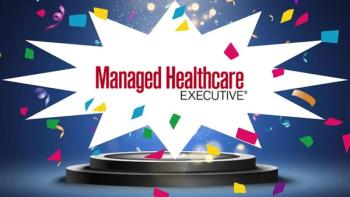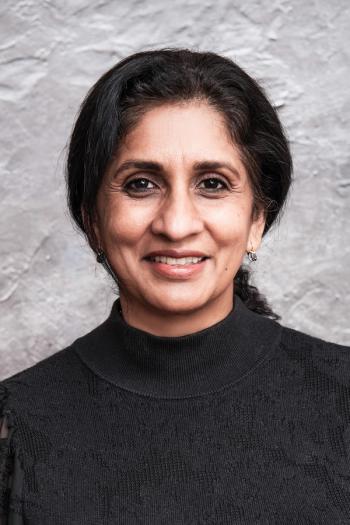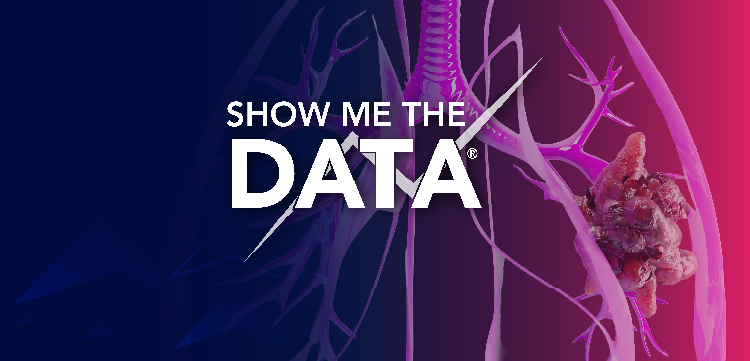
Survey: What Patients and Providers Are Thinking About Healthcare Access
Patients and providers found common ground on the importance of correct billing estimates but did not see eye to eye in terms of digital scheduling tool use, according to a new survey by Experian Health.
Overall, cost barriers are increasing, with 29% of patients reporting healthcare costs rose 6% from last year, according to the results of
These findings are based on a survey of 1,004 U.S. adults who either received care or oversaw a dependent’s care in 2024 and 213 healthcare revenue cycle decision-makers. The survey was conducted from February 3 to 13, 2025.
Patients sound off
More than half (68%) of patients said that there has been no change in healthcare access in the last year. Forty-three percent of providers also saw no change in access, leading the survey authors to argue that this statistic might signal a new baseline for improvement.
The top reasons for cost increases, according to patients, were
- Less able to afford care (51%)
- Don’t understand my insurance coverage (39%)
- Didn’t understand my costs prior to care (35%)
Technology gaps also still exist, particularly in virtual scheduling. More than three-quarters (81%) of patients reported that they “would like to schedule appointments anytime, from my home or mobile device,” and 25% of patients listed the inability to see a healthcare provider quickly as their top access complaint. Approximately 27% of patients reported it as their biggest concern in 2024.
However, now more than half of providers (55%) believe that patients are unsure how to navigate self-scheduling and as a result, 37% of providers list educating patients on digital tools as one of their top three patient challenges.
Patients and providers did agree on the importance of accurate billing estimates: 88% called it an “urgent” matter. Patients listed it as one of their top concerns, with 81% of patients saying that accurate estimates help them prepare to cover their costs. For example, 22% of patients experience delays due to insurance verification issues and 20% experience errors in billing or medical records.
The provider’s perspective
More than a quarter of providers (36%) believe that patient access has improved since last year, with 68% reporting telehealth as the biggest contributor to access improvements.
However, 22% of providers reported that patient access had worsened, with 57% attributing it to staffing shortages and 48% citing a lack of staff training.
Providers said that the biggest challenge to improving patient access was getting patients to use digital access tools for scheduling, registration and payments. Some problems affecting the scheduling process are limited appointment availability (70%), staffing shortages (63%) and long wait times (54%). To improve this, 54% of providers already offer self-scheduling and 10% plan to introduce it within the next six months.
Data collection dilemmas
Due to data and information discrepancies, 1 in 5 patients face challenges before they even see their doctor. For example, 20% of patients encounter errors in their medical information and billing records and 22% experienced a delay in care because of insurance verification issues. Additionally, patients are receiving more estimates with less accuracy. Estimate amounts are up to 41%, up 12% from 2022. Accuracy has decreased by 7%, down to 71% in 2025.
A majority (88%) of providers reported increasing accuracy is an urgent matter and 83% see a need for faster, more comprehensive insurance verification.
Newsletter
Get the latest industry news, event updates, and more from Managed healthcare Executive.





















































